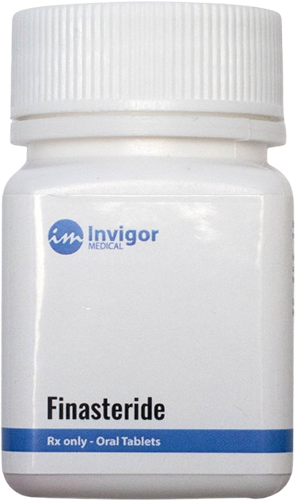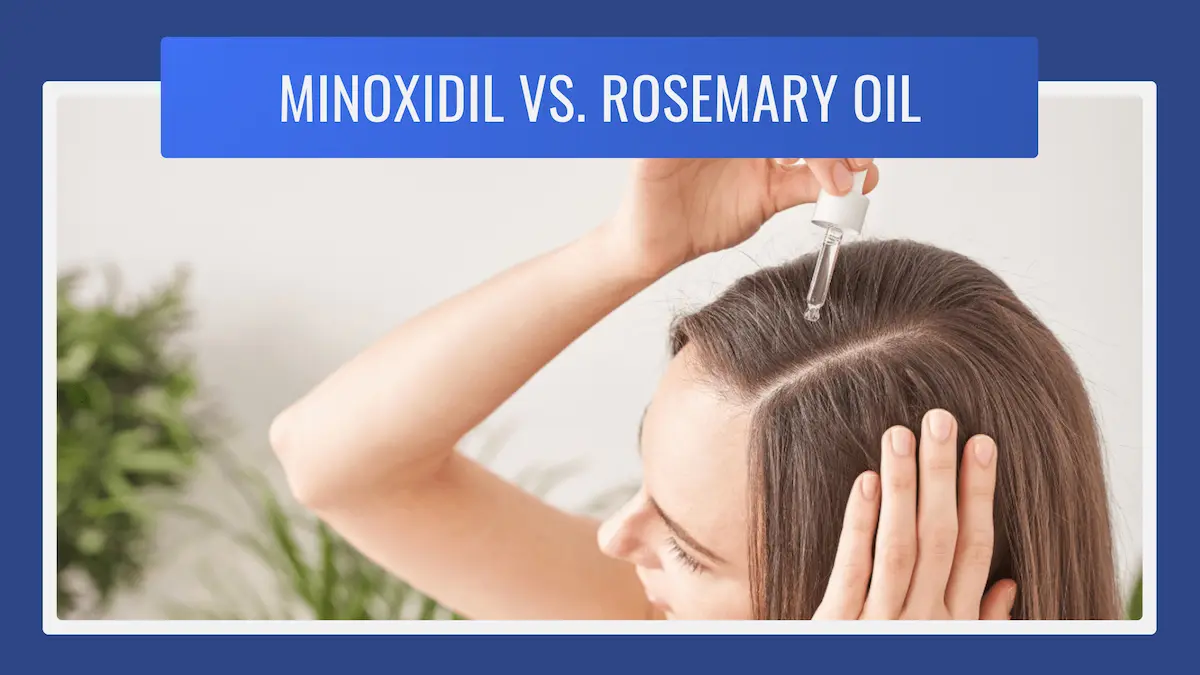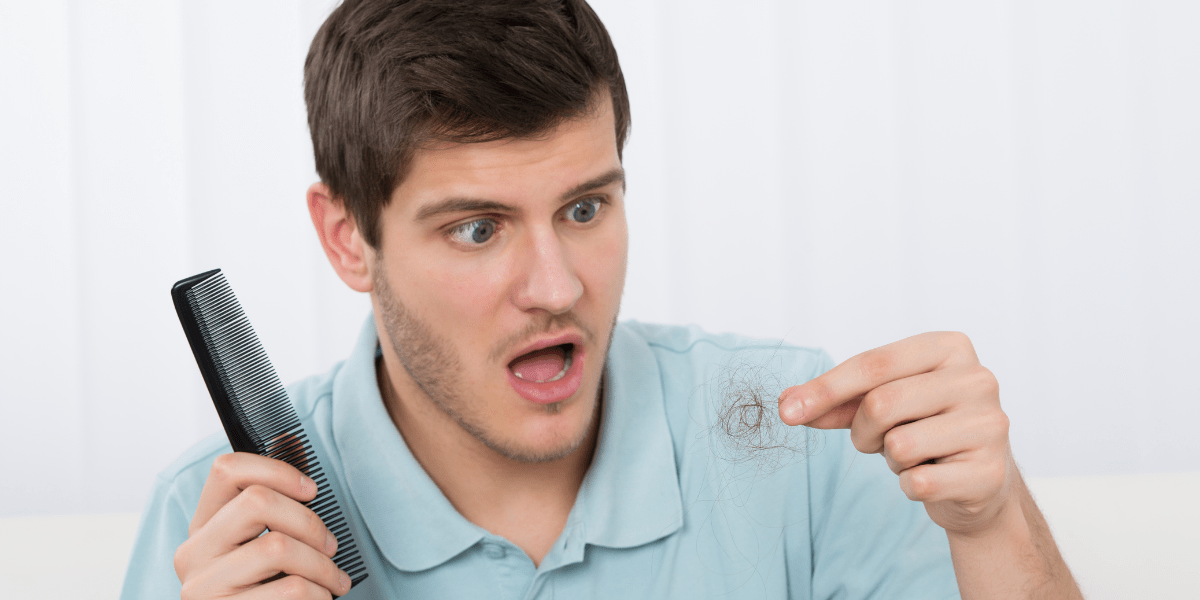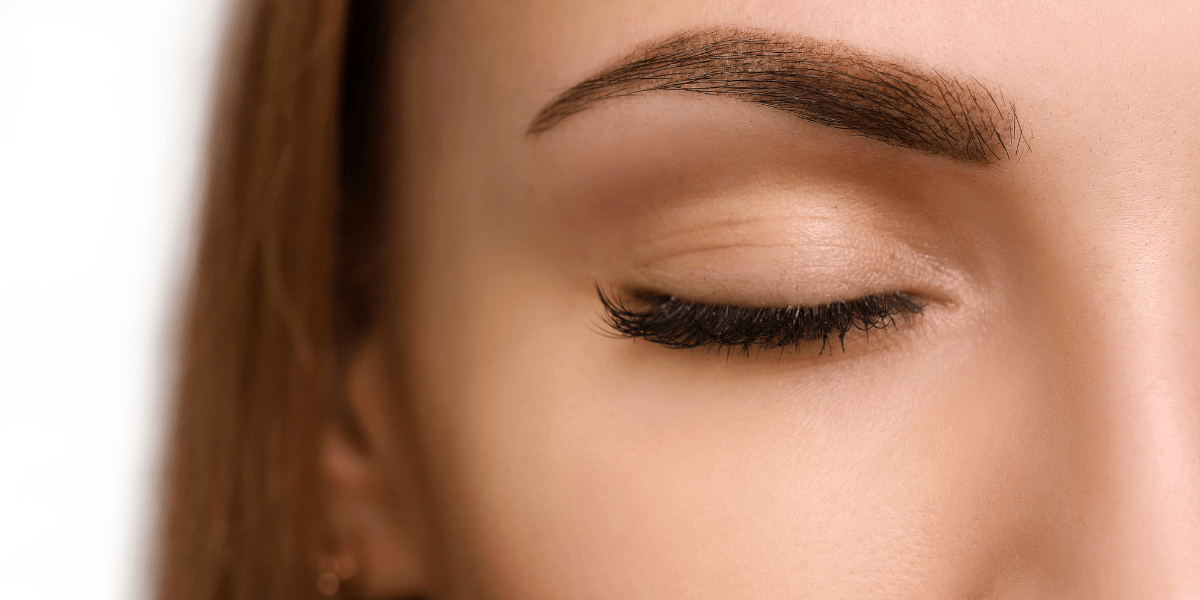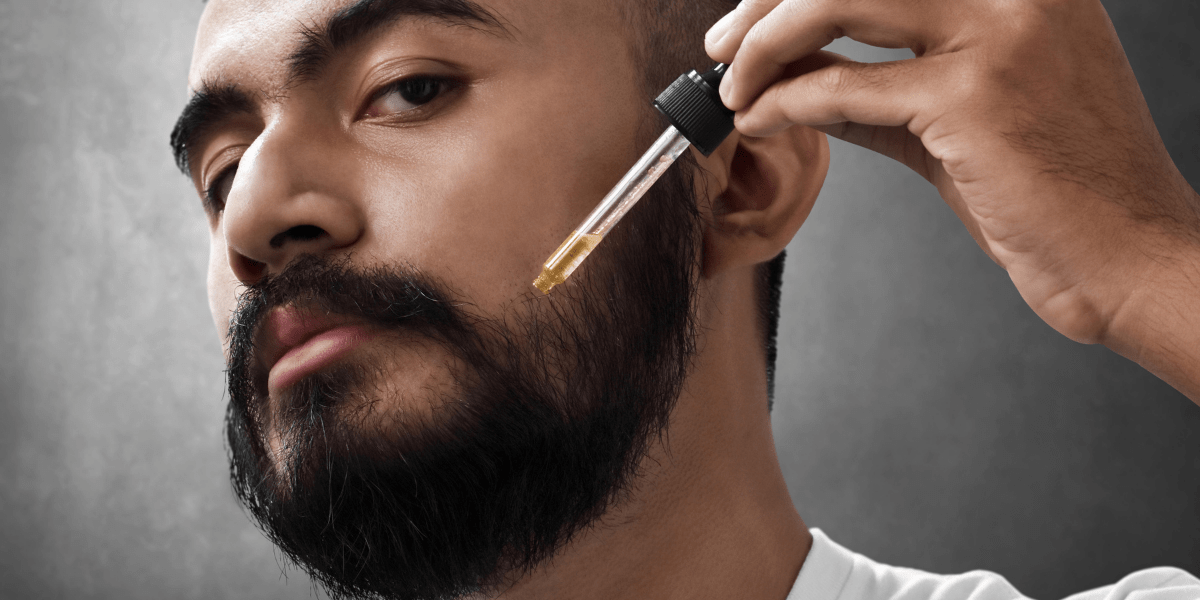Minoxidil is available as a prescription oral tablet used to treat high blood pressure and hair loss and as an over-the-counter solution used to treat hair loss.
In 1987, the topical form of minoxidil was approved to treat male-pattern baldness and was subsequently approved to treat female-pattern baldness.1 More recently, low-dose oral minoxidil has also been used to treat hair loss in people who did not experience success using the topical form. Both oral and topical minoxidil has potential side effects. Oral minoxidil is more effective than topical treatments, but it can also cause more serious side effects.
Table of Contents
Why Do People Lose Hair?
There are three phases of hair growth: anagen, which is the growth phase; catagen, a transitional phase; and telogen, the resting phase. About 90% of scalp hairs are in the anagen phase, 1% in catagen, and about 10% in telogen. Everyone sheds about 50 to 100 hairs per day as hair follicles transition into the telogen phase. Throughout your lifetime, the length of each phase and the number of hairs in each phase will change. With age, hair follicles typically spend more time in telogen and less in anagen. Hair thins and baldness develops.
Androgenetic Alopecia
The most common type of hair loss is androgenetic alopecia, a condition caused by a genetic sensitivity to dihydrotestosterone (DHT). Androgenetic alopecia is a very common condition that affects roughly 50 million men and 30 million women in the United States. It is most common between the ages of 30 and 65, but it can occur as early as puberty.
A survey of men aged 18 to 49 revealed that 42% had moderate-to-severe hair loss.2 Hair loss affects approximately 50% of men over the age of 50.3 Women experience increased hair loss after menopause. Androgenetic alopecia causes a receding hairline, thinner hair, and hair loss at the crown in men. In women, it causes the hair to thin all over and the part to get wider.
Androgens play a key role in regulating and influencing hair growth. At puberty, androgens increase the size of hair follicles on the face, chest, and extremities. With age, androgens have the opposite effect and decrease the size of genetically sensitized hair follicles.4 Men with male-pattern hair loss and women with female-pattern hair loss have increased hair loss when compared to people without androgen sensitivity due to shorter hair follicle growth phases and miniaturized hair follicles. Miniaturization can advance gradually, rapidly, or intermittently, exposing more and more of the scalp.4
There are many potential causes of hair loss, so it is important to talk with your healthcare provider before using medications to treat hair loss.

What Is Minoxidil?
Minoxidil is a vasodilator. It widens blood vessels to increase blood flow and binds to specific ion channels on hair follicles. Widening blood vessels decreases resistance, which also reduces blood pressure. This may increase oxygen and nutrient flow to hair follicles. Minoxidil also stimulates vascular endothelial growth factor production, which could increase blood flow to hair follicles.5
In animal studies, minoxidil was found to shorten telogen (the resting phase in hair development). As a result, hair follicles prematurely entered the active growth phase (anagen) and stayed there longer, which led to increased hair follicle size.6 Minoxidil does not have any effect on androgen production.
Topical Minoxidil
Topical minoxidil is available as a 2% or 5% solution or 5% foam and is sold under the brand name Rogaine. Minoxidil foam was approved for use in men in 2006. The foam lacks the potentially irritating propylene glycol, takes less time to dry after each application, and allows the user to limit the medication to certain scalp regions.
Oral Minoxidil
When oral minoxidil was tested in clinical trials for high blood pressure, approximately 20% of people taking it to control their blood pressure reported hypertrichosis (increased hair growth) as a side effect. Within three months, 60% to 80% of people taking oral minoxidil experienced increased hair growth on their forehead, back, and limbs and increased eyebrow thickening.7
Previously, oral minoxidil was not used for hair loss due to concerns about sodium and fluid retention, especially in patients with kidney disease. However, a review of online clinical studies has found low-dose oral minoxidil to be safe and effective for most people and promotes better hair regrowth than topical preparations.8 Oral minoxidil carries several black-box warnings. Because the use of oral minoxidil to encourage hair regrowth is not an approved indication, it is prescribed off-label.4
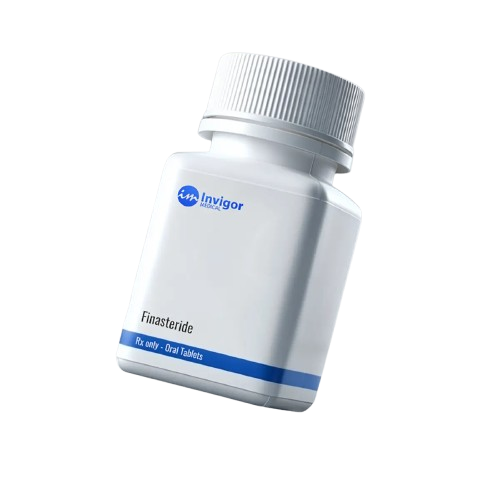
What Is The Success Rate For Minoxidil?
Minoxidil promotes hair regrowth in less than one-third of people with male-pattern hair loss and about two-thirds of women with female-pattern hair loss.7,9 The 5% solution works better than the 2% solution when treating male-pattern baldness. At 48 weeks, users of the more concentrated solution experienced 45% more hair regrowth. Men who used the 5% minoxidil solution also had an earlier treatment response than men who used the 2% solution.10
In clinical studies of women aged 18 to 45 with mild-to-moderate hair loss, about 40% reported minimal hair regrowth after eight months, and 19% reported moderate hair regrowth. Another study showed that people using 2% minoxidil had 8 more hairs per square centimeter and those using the 5% solution had 12.4 more hairs per square centimeter than people using a placebo. A 5-year follow-up study showed peak hair regrowth occurred at one year.11
How Do I Know Minoxidil Is Working?
Initially, you will notice soft, downy, colorless new hair growth in areas where hair was thin or absent. Eventually, with continued minoxidil use, new hairs will be the same color and thickness as your other hair.
How Long Does It Take For Minoxidil To Work?
Since hair typically only grows about one-half to one inch per month, it may take two to four months to see the effects of minoxidil topical. You may also notice hair loss for up to two weeks before seeing hair growth. If you’ve been using minoxidil regularly for four months and still don’t see hair growing back, talk to your doctor about other possible solutions.

How Long Do Minoxidil Results Last?
It is essential to continue to use minoxidil to maintain hair regrowth. However, any gains in hair regrowth will typically be lost within three to four months after stopping minoxidil use.
Minoxidil is a commonly used topical treatment for hair loss, that is considered to be safe and effective. Low-dose oral minoxidil is also prescribed off-label to treat hair loss. Small studies have demonstrated its safety and effectiveness as well.
Finasteride is another approved treatment for hair loss. Finasteride is a competitive inhibitor of Type II 5α-reductase. This means it inhibits the enzyme Type II 5α-reductase and decreases its ability to convert testosterone to DHT. By blocking Type II 5α-reductase, the conversion of testosterone to DHT is reduced by up to two-thirds. Reducing the effects of DHT at the hair follicle can prevent androgenetic alopecia and stimulate hair regrowth. In order to buy Finasteride, head over to Invigor Medical and talk to a Treatment Specialist.

